Canal Cruising in France
Text by Christina Colon.
Photos & wine picks by Peter Barnes.
Updated March 2025 — Book by April 30, 2025, and enjoy 30% of select 2025 private charters for 6 guests. More info HERE.
After a few glorious days in Paris, my partner Peter and I were ready to embark upon our first barge cruise adventure. Leaving from the Gare de Lyon, second-class tickets on the national train line TGV (the French equivalent to Amtrak) entailed comfortable seats, a table, armrest and an outlet.
Traveling through the countryside at 168 mph was relaxing, and to see the rolling hills dotted with cows and rustic farms felt like speeding through a French impressionist painting.
Starting in Chagny
In Dijon we were greeted at the station by Lynn, tour guide extraordinaire, waiting for us in a shiny black Mercedes van. She is a fully-trained sommelier and knows everything there is to know about all things wine. Her California girl smile and friendly nature instantly put us at ease as she navigated expertly through 60km of wine country to the tiny port of Chagny.
Here our Burgundy canal cruise aboard the Grand Victoria would commence and cover nearly 100km (about 60 miles) over 6 days along the Canal du Centre and the Saône River; it would end in Auxonne.
Edward (also the captain) is a font of information about everything from the history of French winemaking to competitive skydiving. Their son Alex looks right at home swabbing the decks and pulling ropes, a job he takes quite seriously.
Once across the miniature gang plank, we were introduced to the rest of the crew. Leticia, the French-speaking hostess who speaks impeccable English, greeted us with her signature broad smile, warm demeanor and glass of Moët & Chandon.
The chef, Phil wasted no time showing his culinary aplomb with some amuse-bouche (tasty treats) before we slowly started down the narrow verdant waterway.
Canal cruising in France was definitely pleasing our palates already.
Canal Cruising in France: The Boat
The Grand Victoria feels more like a river yacht than a barge, though it has the typical dimensions and interior of other 5-star canal barges. Built in the 1980s, to the specifications of the heiress to the DeKuyper liquor fortune, it was designed for her private travel around Europe. The current owners redecorated after a gut renovation in 2015.
With amenities in abundance, it boasts a well-stocked bar, deck furniture, chic lounge, and elegant dining area. The eight original staterooms situated near the front of the vessel down a short but narrow half staircase were reduced in number to three. All of them were enhanced in size, allowing for a king-size bed (or two XL twins), double sinks, a full shower and ample storage room. Voila! Three couples can definitely travel in style.
As our cruise began, we settled in and lapped up our posh surroundings, reclining on the plush outdoor furniture while Edward stood at the helm in the wheelhouse.
We glided silently forward under a canopy of black locust trees festooned with fragrant white blossoms and the occasional mistletoe. Birds chirped on cue.
Extra thick insulation in the hull blocks out any external sounds, making for a quiet restful night’s sleep. Unlike regular cruises in open water, there is no rocking aboard this steady shallow-drafted canal boat since the vessel remains stationary at night, only cruising during the day.
No engine hum, no sudden jolts, and the only sound in the morning are those chirping birds. Ahhh, the joys of canal cruising in France.
Locks & More Locks
After traveling a short distance we stopped at the first of many locks which allowed us to drop a vertical distance of approximately 20 feet with as little fuss as riding an elevator. The mechanism is quite fascinating; two dams create a chamber just big enough for the boat to fit inside, which is filled or drained to meet the water level of the next stretch of canal.
VIDEO: The ups and downs of the Burgundy locks.
These waterways, built to transport products, are something of a relic. Today they are used almost exclusively for recreational boating, including 50 similar floating hotels.
Canal Cruising in France: Delightful Dining
Dinner was a perfect balance of formal and casual with the dishes being served by Leticia, assisted at times by Cindy. For each course, Phil would appear and describe each course, all of which were amazing without being overly pretentious. Since we were cruising with two other couples, every dinner was a social event.
On the first night, we were joined by Edward and Cindy, but on subsequent meals, dinner was set for just the guests, although Edward always presented and poured the daily vintages. Our appetizer of scallops pan seared in a brown butter sauce paired well with the local white, while the main course of fresh lamb over a puree of cauliflower was served with the local red.
Another night was a delicious pan roasted duck with Asian slaw and honey soy reduction.
Each meal was based on what Phil procured at the local market and what was fresh and in season.
If watching Phil prepare the meals in the kitchen was like watching an artist at work, his fresh bread and selection of cheeses were like the mat and frame of his masterpiece.
Canal Cruising in France: The Glorious Wine
Since wine makes up the most important export of the Burgundy region it comes as no surprise that they take their wine tasting, drinking and winemaking very seriously. Perhaps needless to say, wine (and cheese!) is a major reason to choose canal cruising in France.
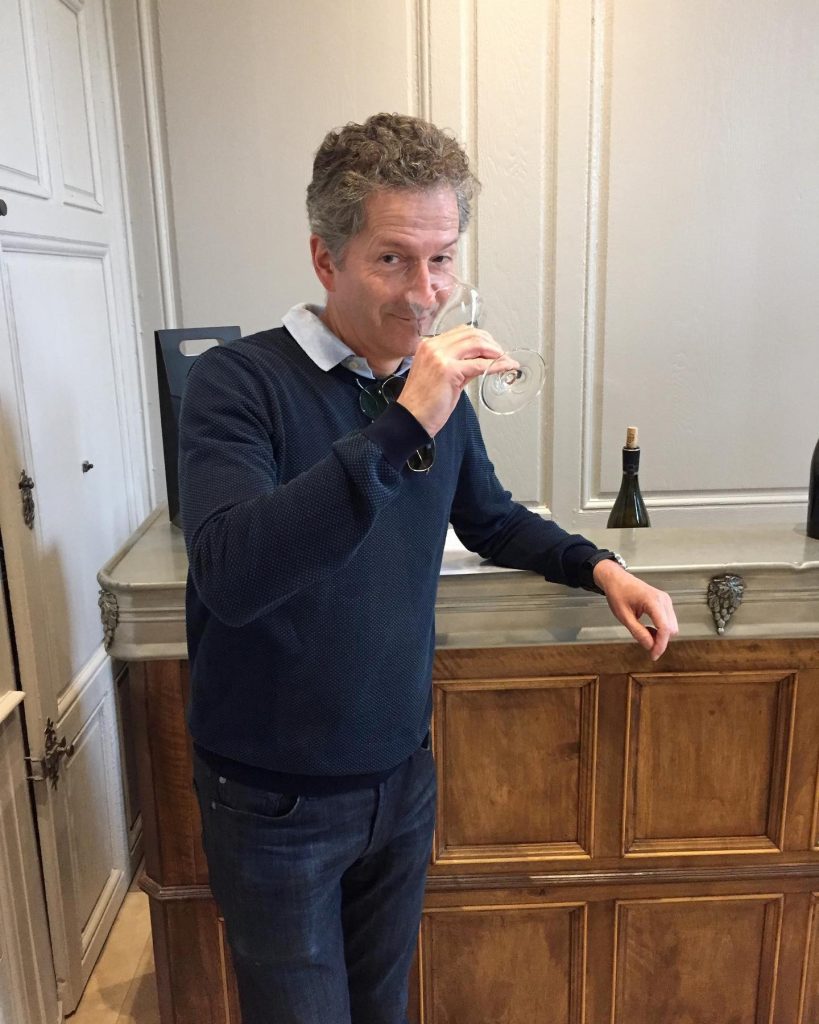
Peter tasting one of many excellent wines during the 6-night Grand Victoria barge cruise, this one at the Chateau de Pommard. * Photo: Christina Colon
Edward explained that in this region there are only two varieties of wine produced. The red wines are pinot noir and the whites are chardonnay. There is no mixing of grapes or alchemy of these varietals. Nor is there any mechanization of the process that has been done by traditional means of hand harvesting for over 900 years.
Application of fertilizers, pesticides or any other enhancements is strictly prohibited by law, and even the number of grapes produced by each vine is limited to a maximum of seven bunches. While quantities are low, quality is king.
So even in years where frosts, draught other environmental factors can wipe out a significant portion of the harvest, these rules are strictly enforced. Surprise inspections are an everyday part of the process.
Canal Cruising in France: Stops Along the Way
Most days we left promptly after breakfast to do our tours and tastings, then either ate lunch in town or returned to the boat for a light meal. Afternoons were spent inching along the canal, getting to the next port. Thus activities involved lounging on the deck, watching the scenery go by or riding a bike to meet the boat at the next destination. The boat was always docked overnight.
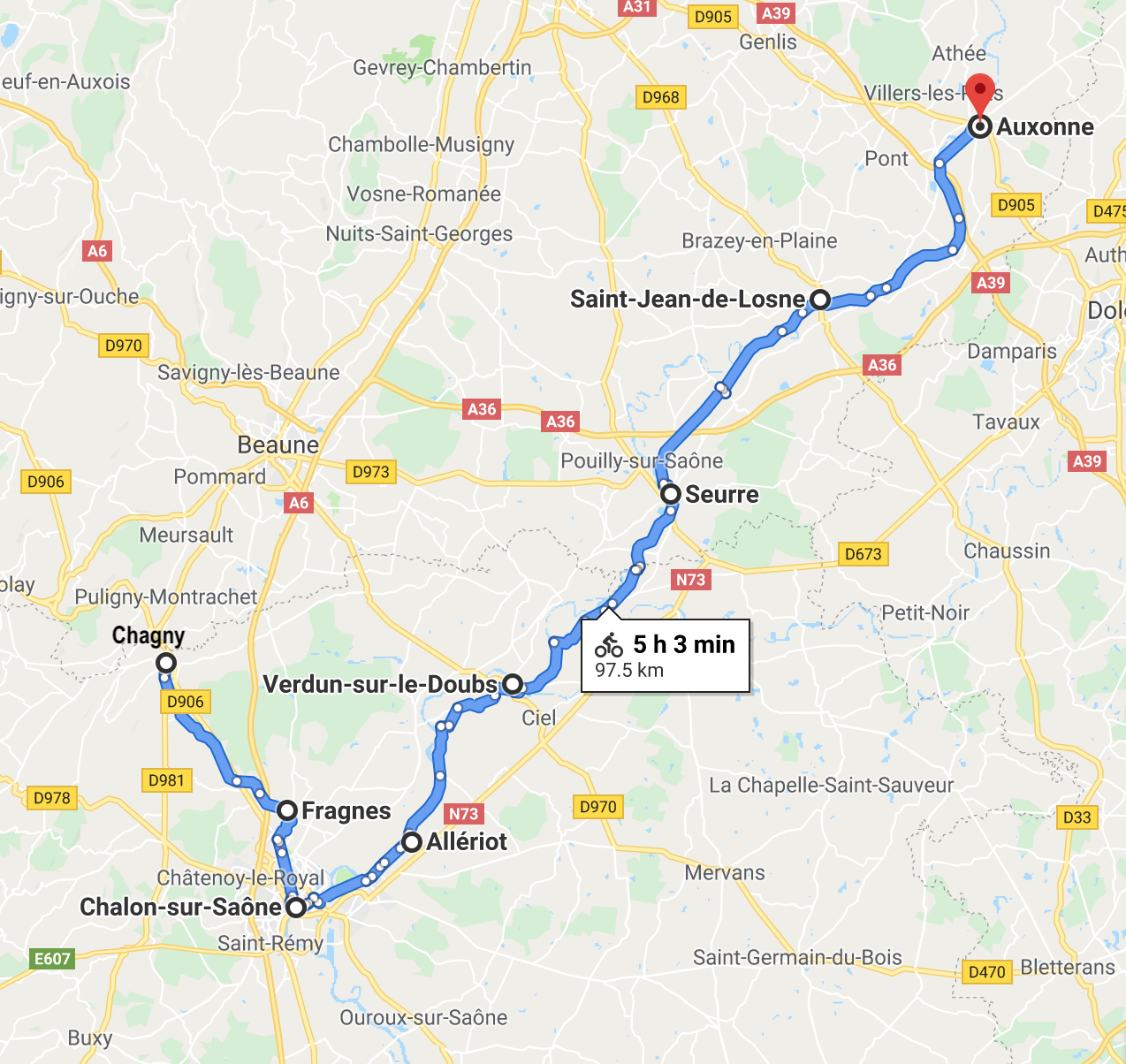
The author’s itinerary, from Chagny via the Canal du Centre then along the Saône River to Auxonne. * Google Maps
The tiny town of Fragnes felt somewhat frozen in time, with sleepy lanes, quiet shops, tidy parks and colorful gardens in front of sturdy stone houses. The main industry appears to be local boat tourism as evidenced by several small rental or private boats occupied by family groups.
Almost as sleepy was the town of Chalon, the highlight of which was a visit to the weekly market with Phil to peruse the fresh produce (look no plastic!), cheeses and cured meats.
This revealed a decidedly elderly populace, all wielding baskets or pulling their little bubby carts filled with Tupperware and re-useable tote bags.
The local grocery store had a stunning variety of excellent wines at rock-bottom prices.
The other quiet spots where we tied up for the night were Seurre, which offered abundant and multilingual signage describing the sleepy stories of the sleepy architecture. And Auxonne (where the cruise would end), the site of an ancient waterside fort today used as a playground by local youths. We saw numerous defaced plaques and coats of arms that date back to the French Revolution.
Canal Cruising in France: Vineyard Visits
Chateau de Pommard, a short drive from Chagny, is a postcard perfect vineyard that offers in-depth narrated tours of the vines, soil types, wine presses, wine cellars and of, course wines. After learning about the process of growing, harvesting and producing the wines, a tasting took place inside the recently renovated chateau.
Afterwards, we were free to tour the walled fragrance garden and learn about some of the plants often associated with wines such as citrus, honeysuckle, hawthorn, lily and rose. Of course, none of these are in the wines, but are flavors and aromas commonly used to describe the various vintages.
Canal Cruising in France: Medieval Beaune
In Beaune, which was not far from Fragne where our boat tied up, the morning’s excursion had us going to the Hotel Dieu, built-in 1443 by Nicolas Rolin, chancellor to the Duke of Burgundy. Dubbed a “palace for the poor,” the hospital’s canopy beds are clad in starched white linens and draped in red velvet curtains. Patients were attended by nuns selected for their medical ability, compassion, and “character,” according to the founder’s charter.
Private rooms helped offset the cost of caring for the poor even until the 1980s when a new hospital was built, and continues to be funded by the surrounding vineyards. In addition to an assortment of medical tools on display, an apothecary shows where cutting-edge medicines, many based on herbs and minerals, were prepared.
The large kitchens show the importance placed on good nutrition for patients, which was seen as equal to any other treatment. While water was considered dangerous, and fruits considered unhealthy, wine was freely available and thought to be curative.
After exiting through the gift shop, we emerged onto the square within the walled city, where tourist venues sell wine, postcards, wine, antiques, wine, and books (about wine). One antique vendor sold high-quality French furniture in a shop that itself was quite antique.
Perhaps because Peter knows an extraordinary amount about antique French furniture, we were permitted to explore the inner sanctum. Here, virtually priceless antiques were arranged in a room with carved wood panels and a low-beam ceiling that appears to not have changed for centuries.
Canal Cruising in France: Lunch at a Michelin Star Restaurant
Also in the town of Beaune, is the Michelin star restaurant Le Jardin-de Remparts, where a lavish pre-fix lunch was pre-ordered as part of our cruise. We started with a kir royal (champagne and Chambord), then were served some baked amuse-bouche.
My appetizer of burgundy snail croquet in a garlic butter sauce was followed by steamed cod with squid ink risotto. A palate cleanser of sheep yogurt and green tomato marmalade was a light prelude to a fluffy mango soufflé with passion fruit sorbet.
The wine pairings were “on point” of course (aka perfect) and the coffee and petit-fours were too good not to try.
Canal Cruising in France: Chateau de Rully
Next on our voyage was a visit to Chateau de Rully with a fascinating history. The kindly gentleman who greeted us at the entrance to his home looked nothing like the descendant of over 25 generations of French aristocracy. With his warm smile and unassuming demeanor, the Count of Rully (Raoul) was genuinely enthusiastic to share the story of his family and the inner secrets of his estate.
What started as a fortified castle, designed solely for protection from marauding neighbors, has over the centuries grown into an elegant chateau.
The original tower was expanded to include walls and three other towers surrounded by a moat and a draw bridge. An ancestral grandfather had the moat filled and the drawbridge removed after his carriage nearly toppled into the brink.
Later extensions in the 1800s created elegant living quarters designed for comfort rather than protection (thus now a chateau).
Upon entering, we ascended a circular staircase whose right spiral makes it more difficult for an invader to attack. The design necessitated he must wield his sword in his left hand, allowing the defender above to defend with a sword held in his dominant right hand.
The original walls of this castle where nearly two feet thick and lacked windows. Small slits in the top walls allowed a sentry to watch the horizon while larger gaps permitted a rain of stones down on any intruders. At night, a leather dummy was propped up to create the silhouette of a watchful guard.
The family chapel retains beautiful wall paintings and a carved wooden altar both done by ancestral grandfathers. Written in gold paint are the names of every member of the lineage who was baptized, christened, married or had their first communion in the chapel including the current Duke’s young sons.
Family portraits abound throughout the luxurious well-appointed rooms and much of the furniture can be attributed directly to some of the 18th century’s finest craftsmen. Whereas most other homes of the aristocracy were looted or burned, this family escaped such a fate.
The Duke beams as he tells the tale of his ancestral grandmother who freed her serfs prior to the French Revolution. She was briefly arrested but immediately released when her workers who tended the vines vouched that they were treated generously and with compassion.
While the wines still produced to this day are reputedly good, it is the tour itself that merits the majority of one’s time.
Canal Cruising in France: Chateau Clos de Vogueot
In the Cote d’Or lies the Chateau Clos de Vogueot, a massive vineyard that produces some of the best red wines in the world. Originally made for religious ceremonies by monks in the 12th century, wines from this ancient vineyard have different grades according to the slope, elevation, drainage and orientation of the plots.
The soil or terroire has complex structure and its mineral components also have a big impact, as does the age of the vine. Older vines are considered better. Wines from each plot are categorized into low, middle and high grades; the top being reserved for the king.
A tour of this mecca of wine making included a walk past some massive and ancient grape presses, fermenting vats, barrels, and a deep well. Multiple owners now all belong to the cult-like “Brotherhood Knights of Wine Tasting,” who gather annually to don colorful regalia, taste wines, and make merry.
A wine tasting was not on order for us, but instead we made our way to the nearby Moillard Givrot (or negociant, a wine making company that buys grapes then makes bottles and sells wine) where we tasted seven (or was it eight?) excellent wines.
Peter’s Favorite Wine Picks for the Week — All Served Onboard
Red
Harmand-Geoffroy’s Gevrey-Chambertin, 2015. This great pinot offers up notes of red licorice, cherries and pomegranate in a complex, refreshing and irresistibly approachable package.
Fixin Premier cru Clos Napoleon, 2014. From the northern part of the Cote d’Or, this wine has gorgeous red currant and bing cherry aromas. It’s a very concentrated, refined pinot noir with fine tannins and great complexity.
Chambolle-Musigny Les Charmes, 2011. Our final red of the week was a big, brooding and muscular premier cru. While discreet during the meal, it opened up to reveal almost Rhone-like aromas: first tar, cocoa, then blackcurrant and blueberry compote.
White
Francois Lumpp’s Petite Marole, 2016. This amazing white burgundy bearing the Givry premier cru appellation shows off aromas of vanilla, lemon, orange, honey with light oakiness on the finish; balanced with a zippy acidity.
Pouilly-Fuisse Les Vines Blanches, 2017. Fruit forward and approachable, this white has aromas of tropical fruits, crème brulé and toasted almonds with a clean cool citrusy finish.
Canal Cruising in France: Slow & Meticulous
If we could change one thing on this trip, it would have been to spend more time exploring the historic city of Dijon.
Our limited time was split between a brisk walk through the famed covered market, designed by Gustav Eiffel and brimming with French delectables (cheeses, meats, pastries, and prepared food), lunch at a local eatery, and a whirlwind walking tour through the fairy tale streets, romantic squares and central church.
We recommend you stay a night in Dijon before the cruise if time permits.
Otherwise, the pace of this journey was slow and intentional, reflecting the meticulous attitude of the people and the region. Tours were usually arranged before or after a leisurely lunch on board. Meals were not rushed, as quality food takes time to prepare and to enjoy.
While nearly impossible, restraint on over-eating and drinking at lunch is key to avoiding a post-lunch slump. Our daily tours combined with time to relax aboard the boat ultimately left us feeling enriched and well-steeped in the long complex history of the region.
Like the grapes budding on the short stout vines, we learned that the slow progress of the vessel allowed us time to absorb the character and flavor of the region and build an understanding of the complexity of this area’s history, geography and viticulture.
Breakfast of spectacular fresh local fruits, croissants, pain du chocolat, and an optional hot platter of eggs was served up around 8am.
A coffee pot and/or espresso machine, bowl of fruit and endless fresh macaroons were also available 24/7.
All this food provided inspiration for an organized tour or a refreshing morning bicycle ride along the tow path adjacent to the river or canal. The comfortable well-appointed bikes handled both smooth surfaces and rough terrain.
While a lack of Wi-Fi signal can impair ones use of Google Maps to navigate, the general route is fairly straightforward and aligned with the cans. That said, on several occasions we had to cross the river via a bridge when access on the tow path was blocked.
Riding along the flat dirt or paved path lead us past endless fields of winter wheat, sweet corn, and rapeseed that grow tall and flower in June. The incessant sound of chipping birds and the occasional banjo twang of frogs make canal cruising in France simply delightful.
Most of the sleepy communities are populated by retirees who seem to love fishing, many of whom return to a family-owned plot after raising their children in more urban areas.
When weather permitted, the crew set up lunch alfresco on the deck while moored at a scenic location along the river bank.
Blissfully ensconced, swirling a crisp white, sated by yet another fantastic meal and watching a mute swan glide silently past, pretty much sums up the essence of this trip.
Our week aboard the Grand Victoria was the absolute pinnacle of a relaxed, refined, riparian retreat.
So, if you get the chance to book a cabin or decide to charter the whole damn boat, know that the experience will profoundly change you.
You will develop character, you will become bolder, more complex, with hints of cherry and blackcurrant, and a crisp, oaky finish.
Interested in Canal Cruising in France Aboard Grand Victoria?
For booking details, here’s more info on the Grand Victoria, The Queen of Burgundy.
Don’t miss a post about small-ship cruising, subscribe to QuirkyCruise.com for monthly updates & special offers!
© This article is protected by copyright, no part may be reproduced by any process without written permission from the author. All Rights Reserved. QuirkyCruise.com.

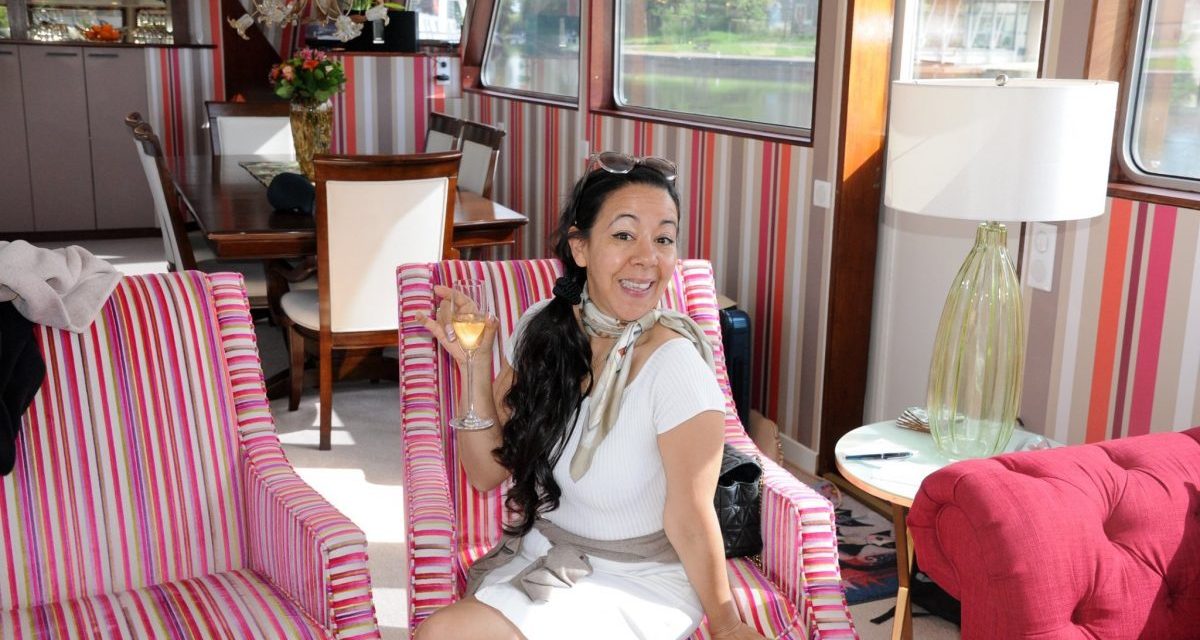
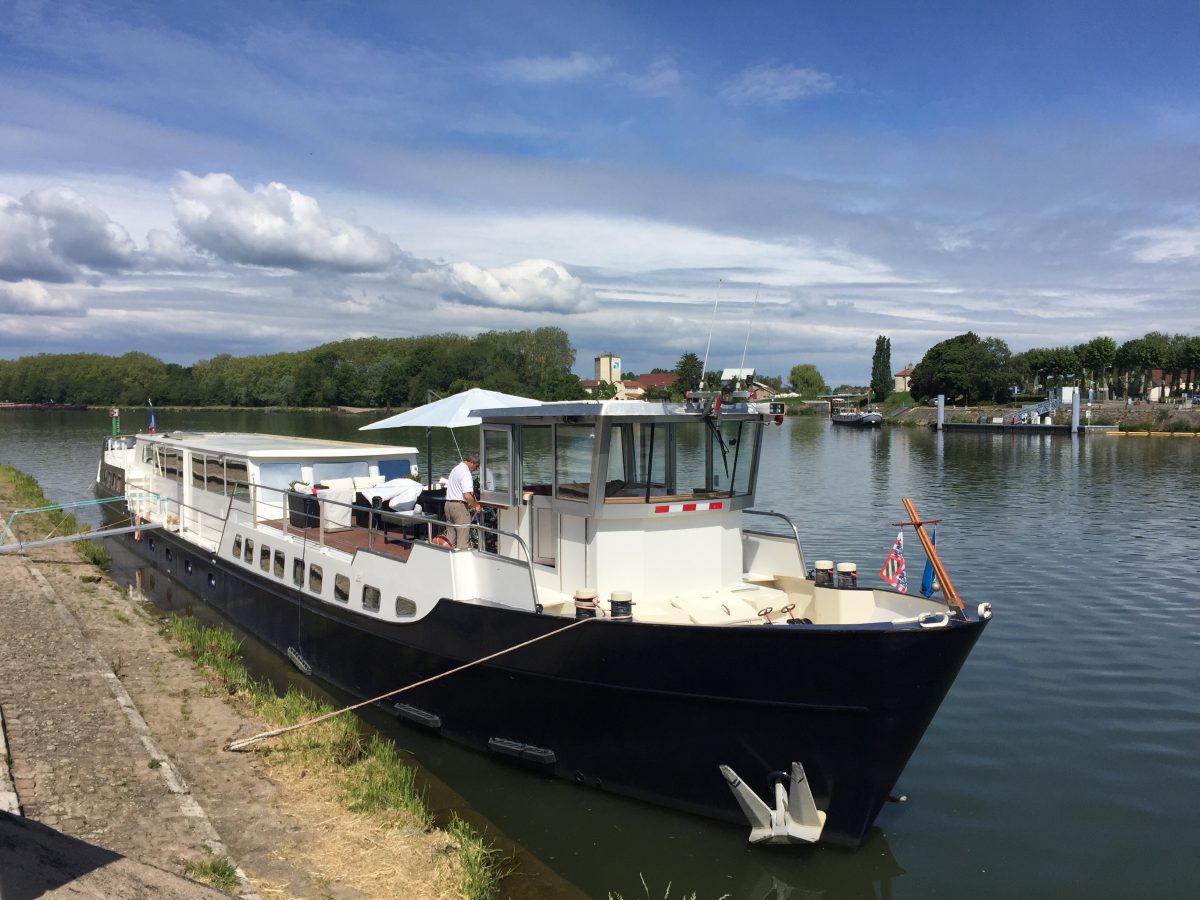
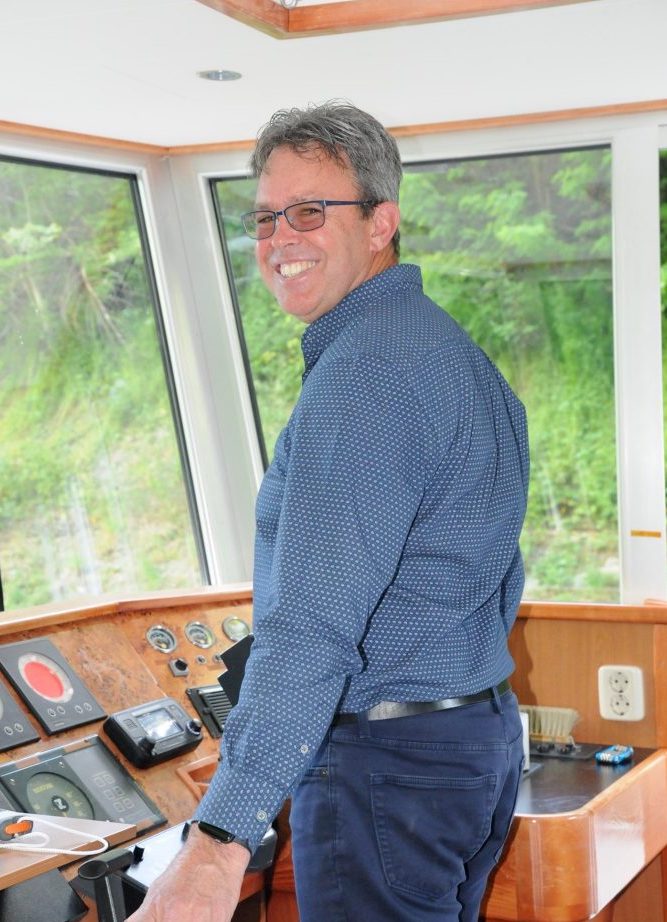

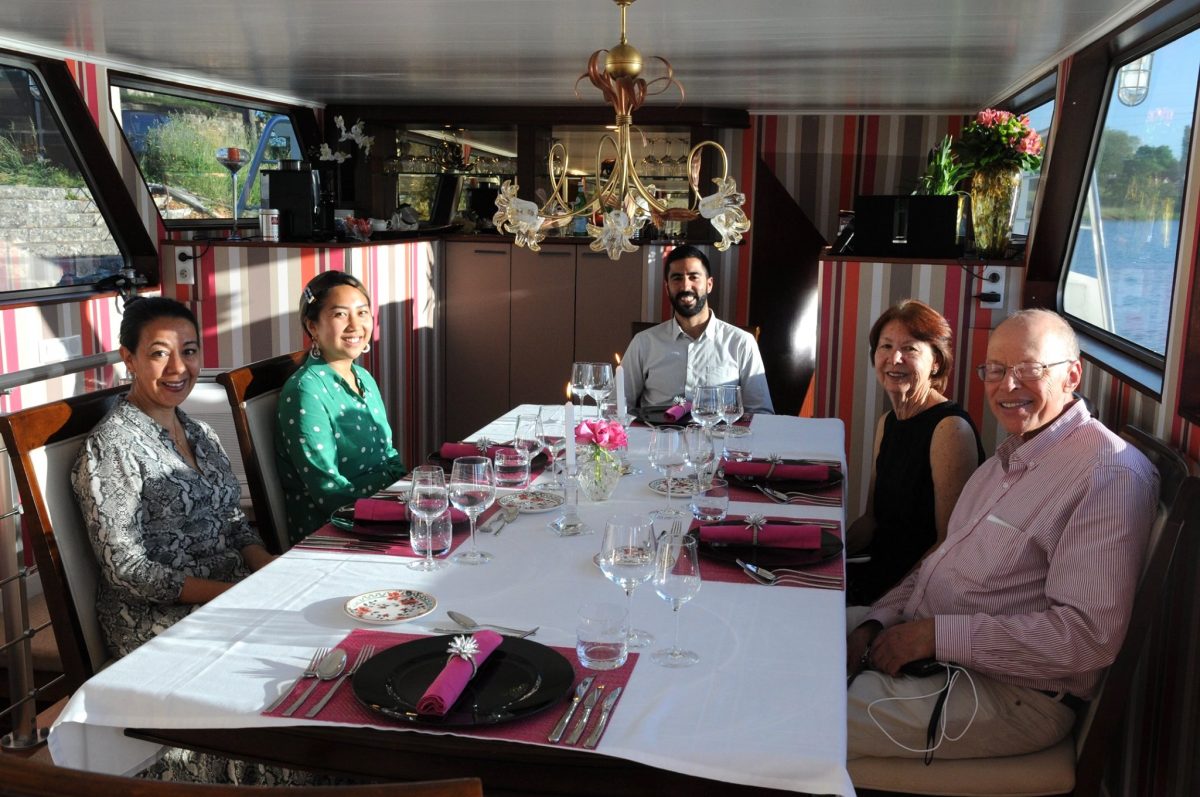
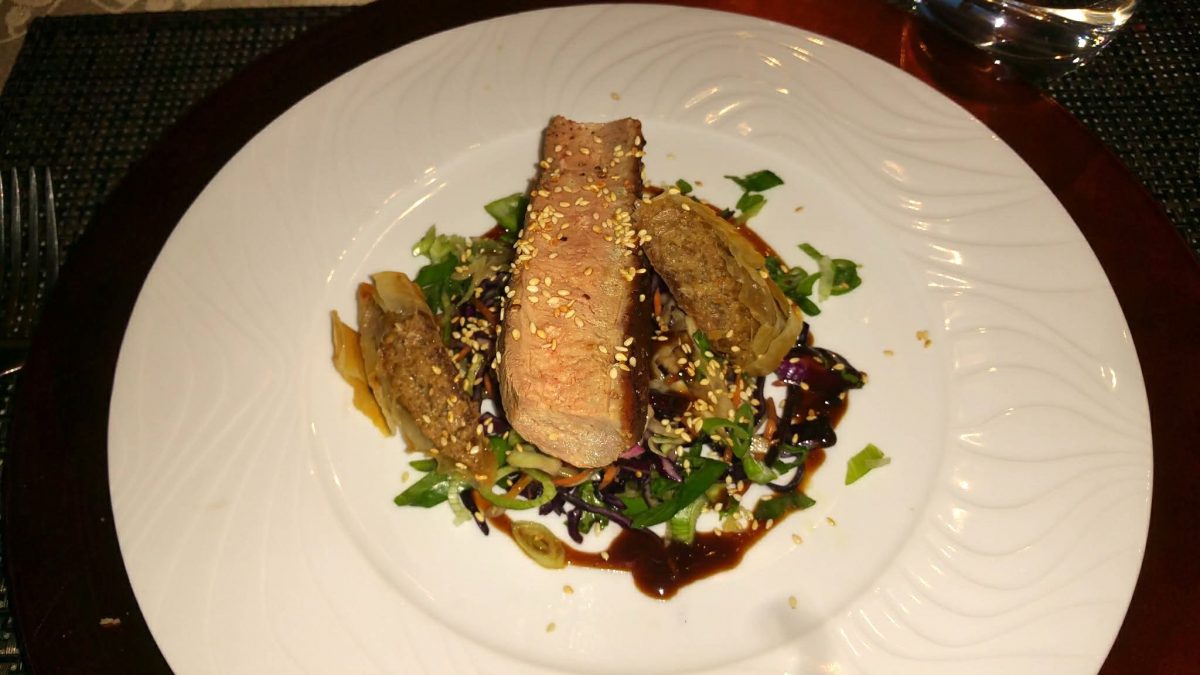
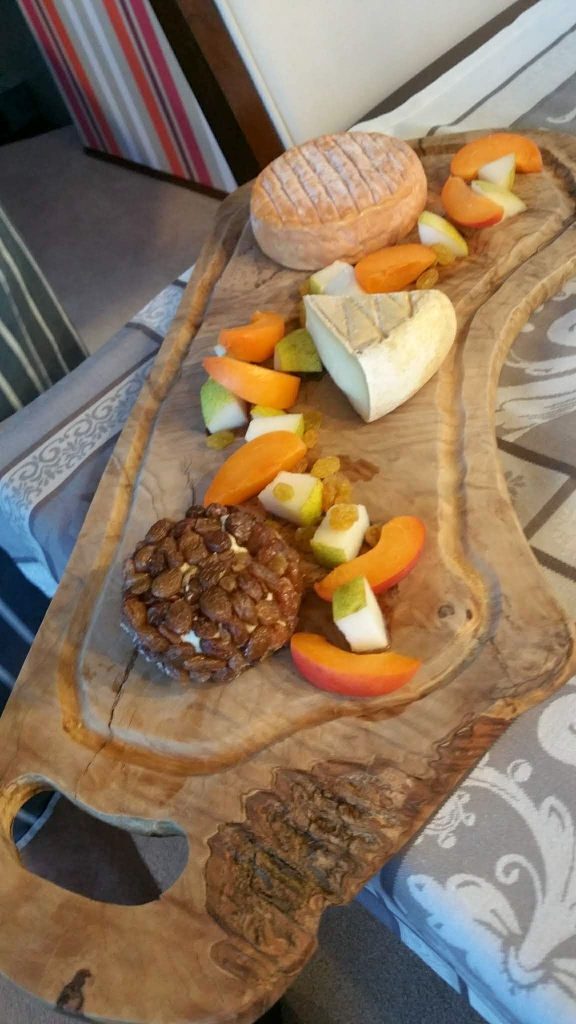
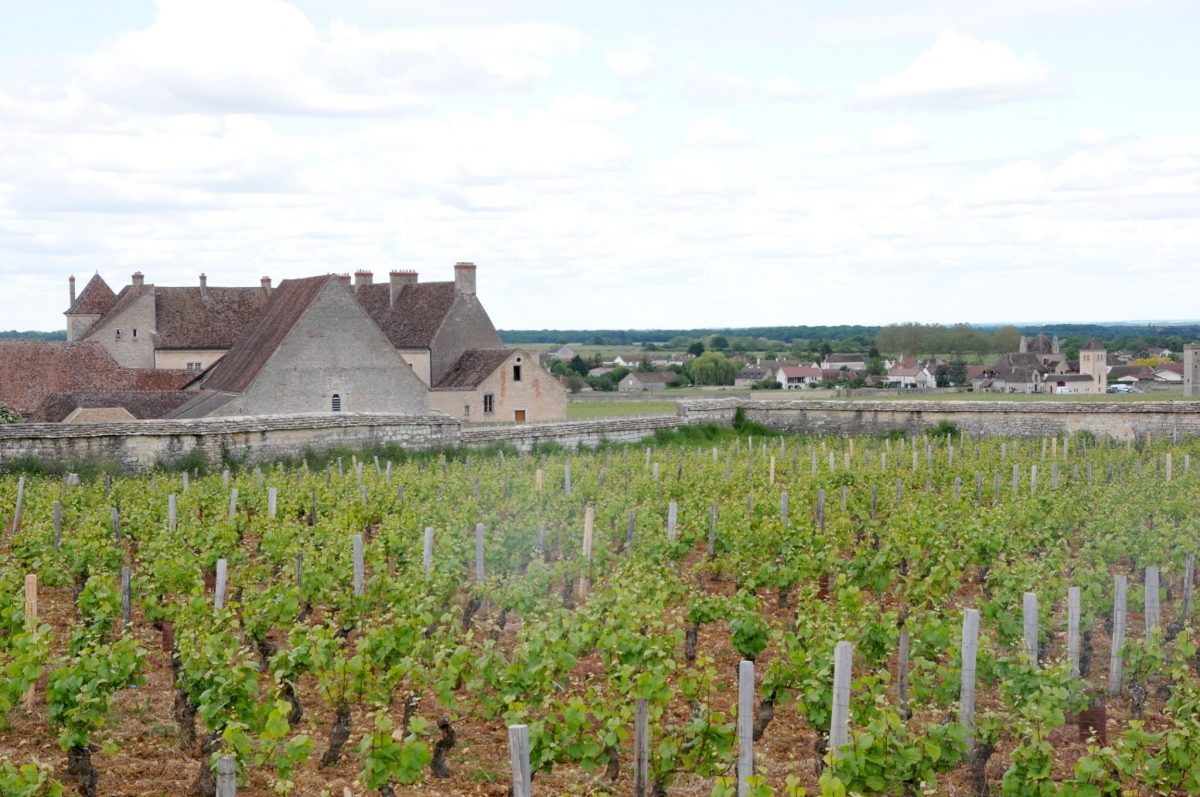
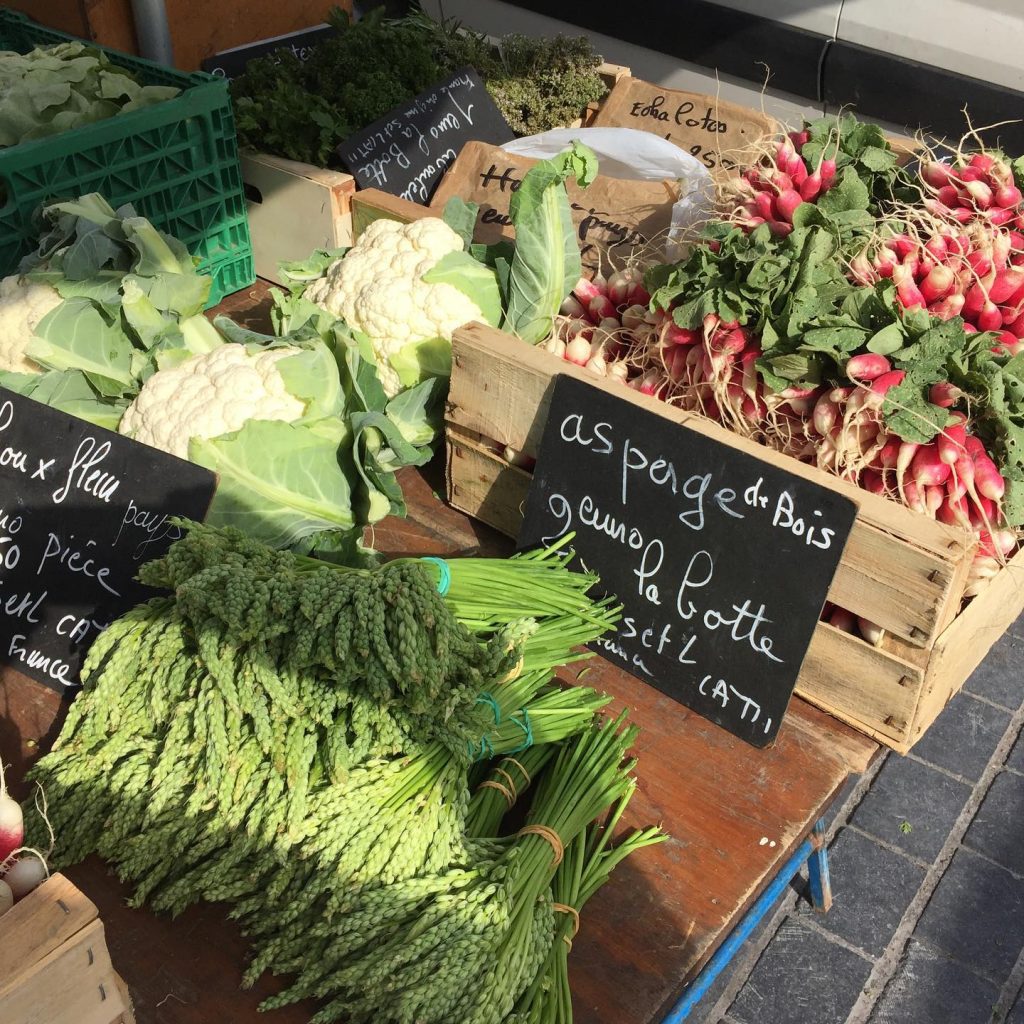
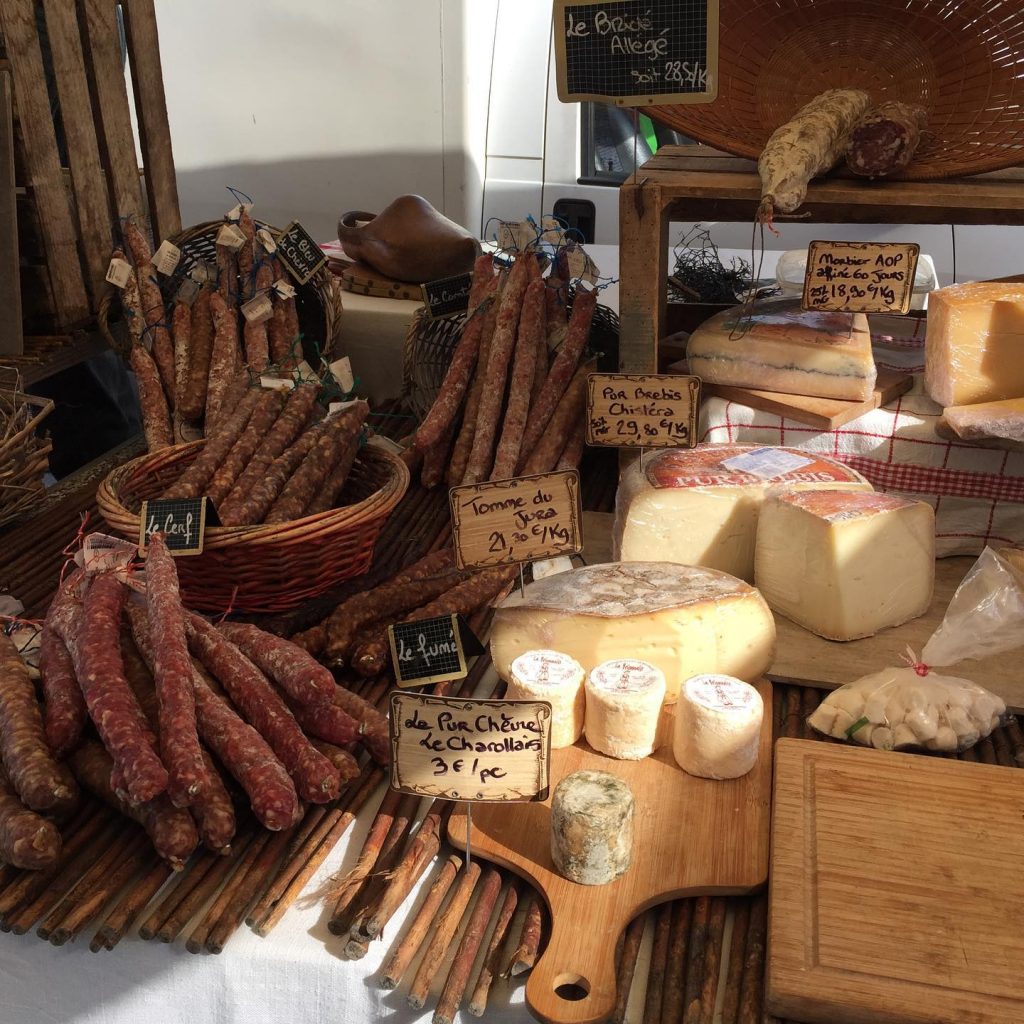
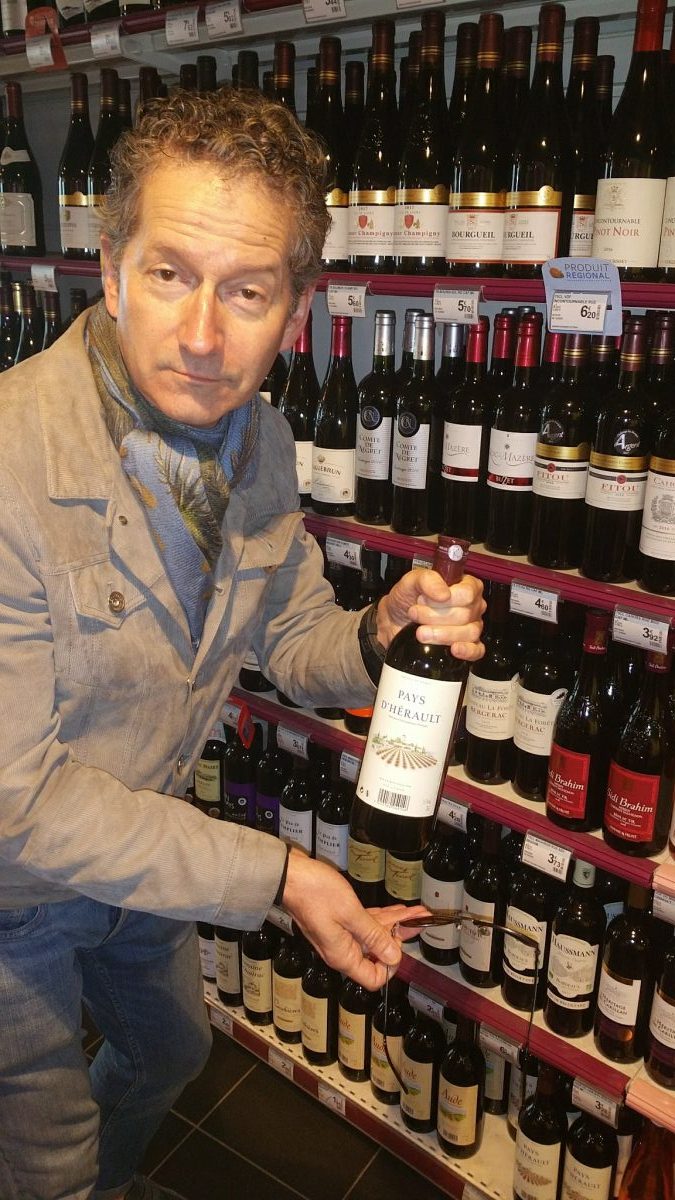
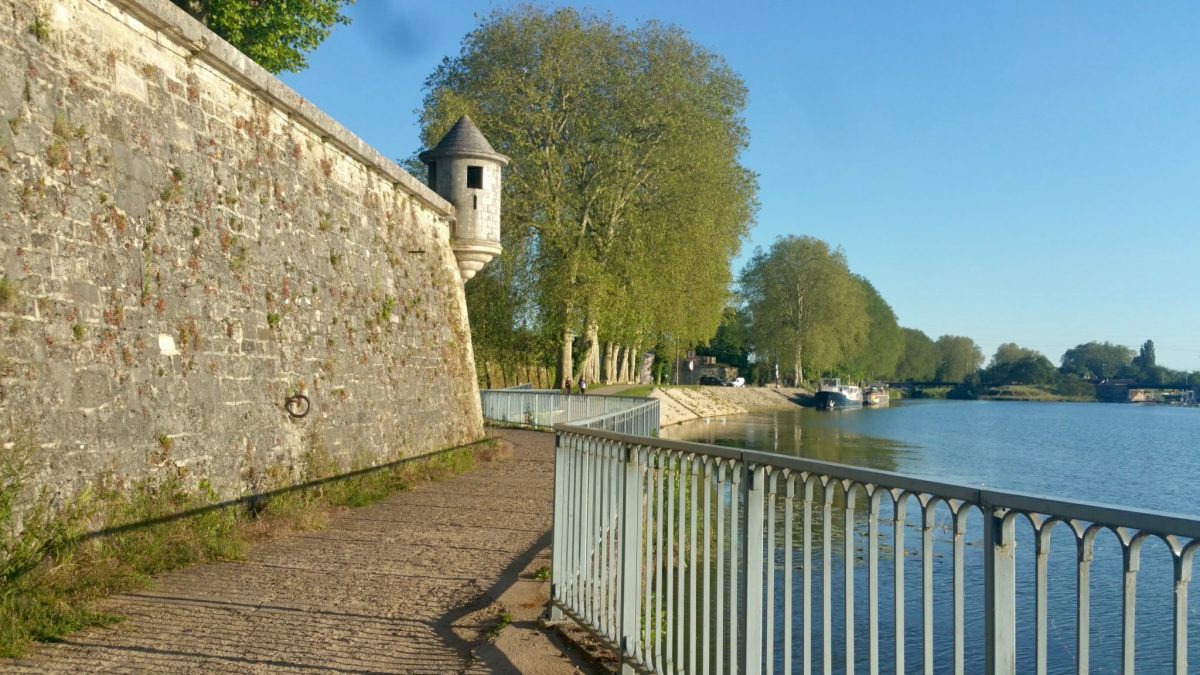
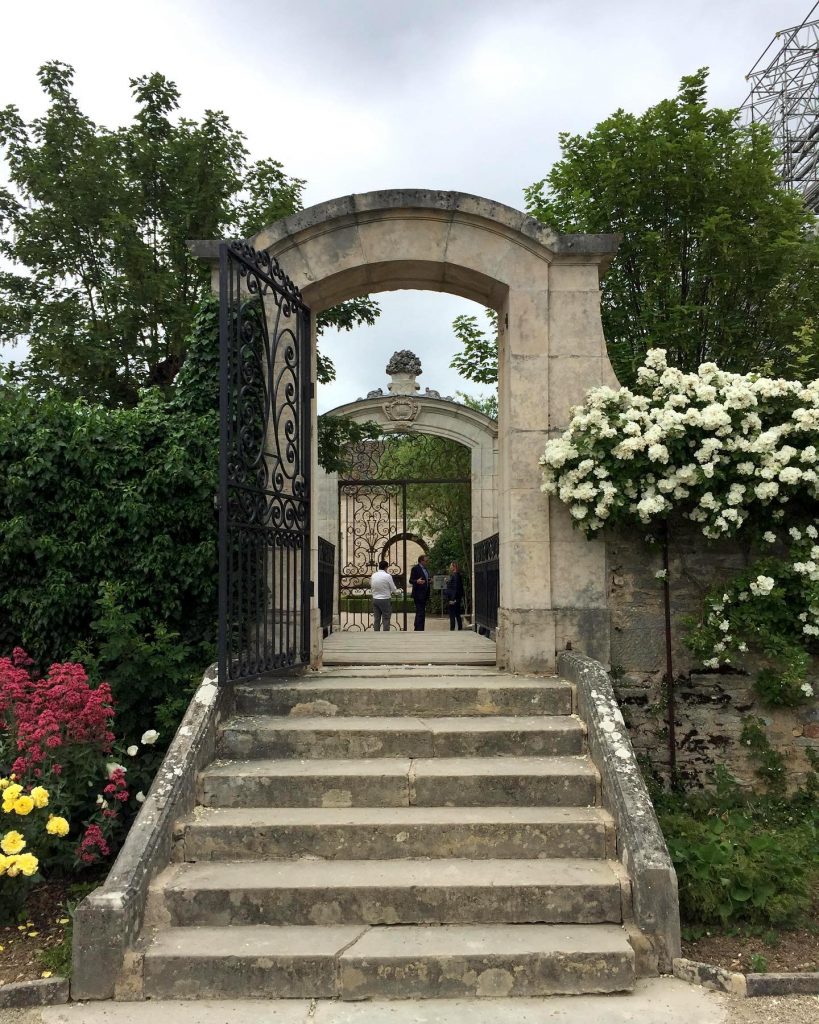
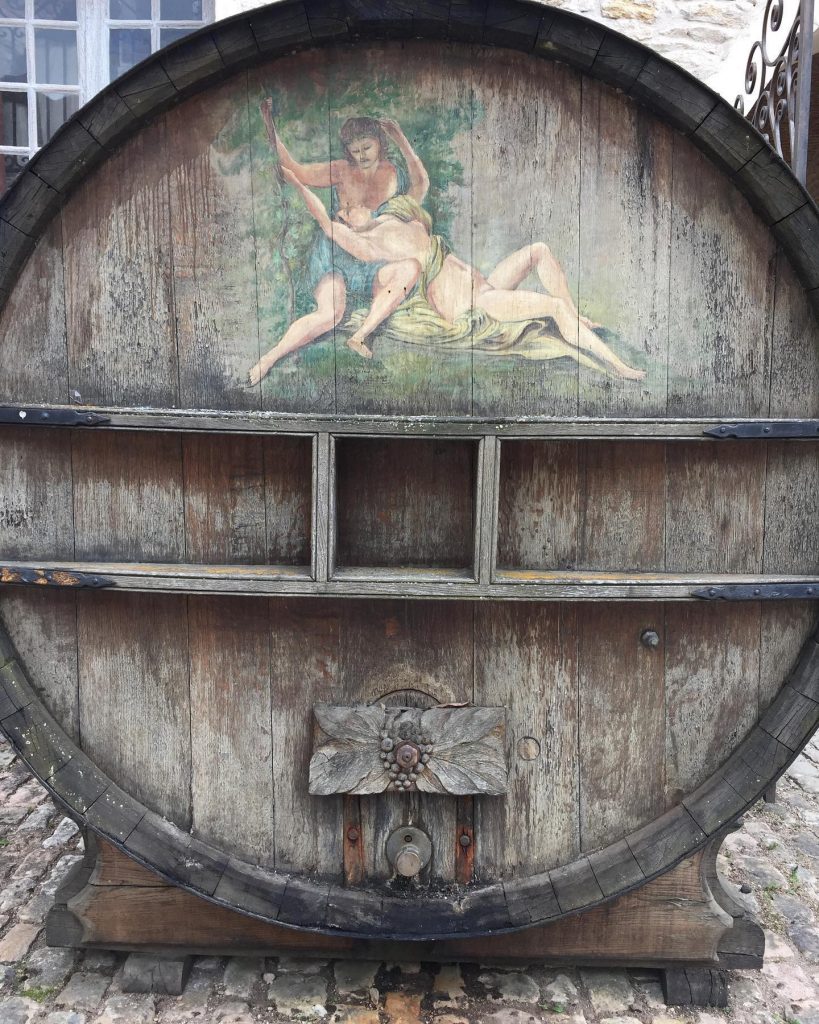
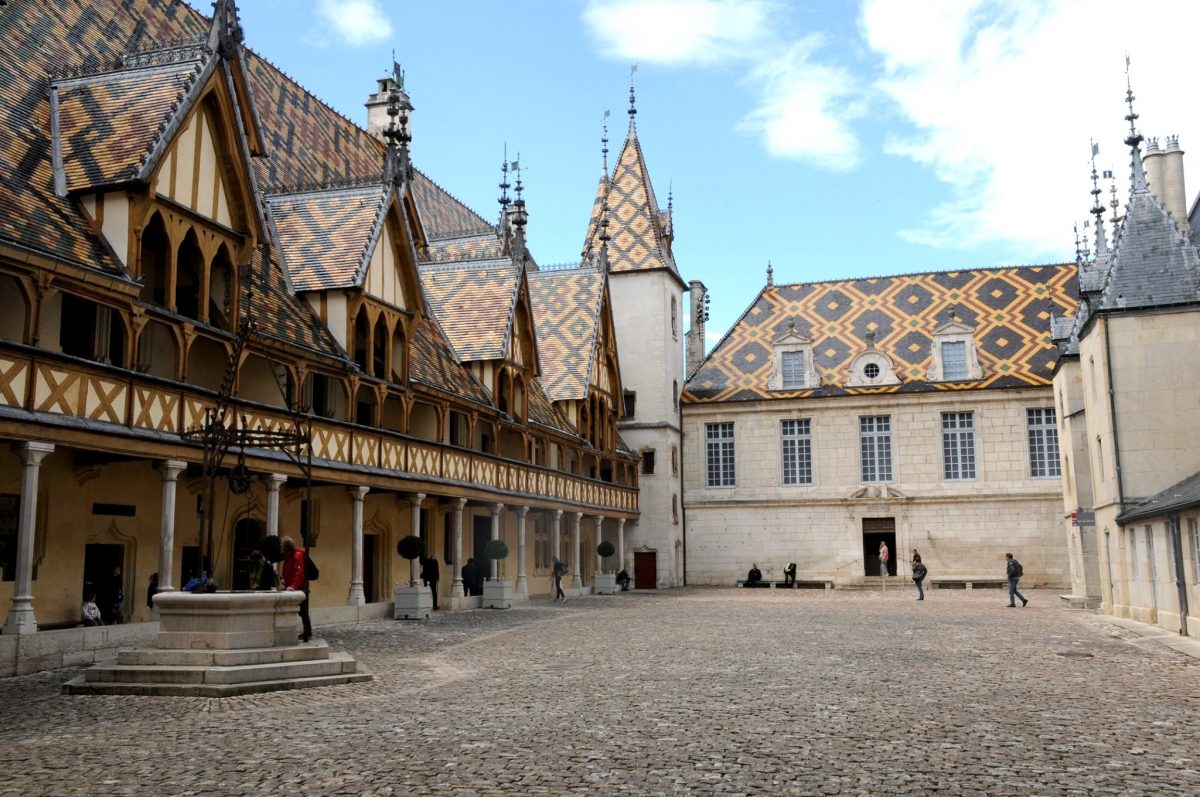
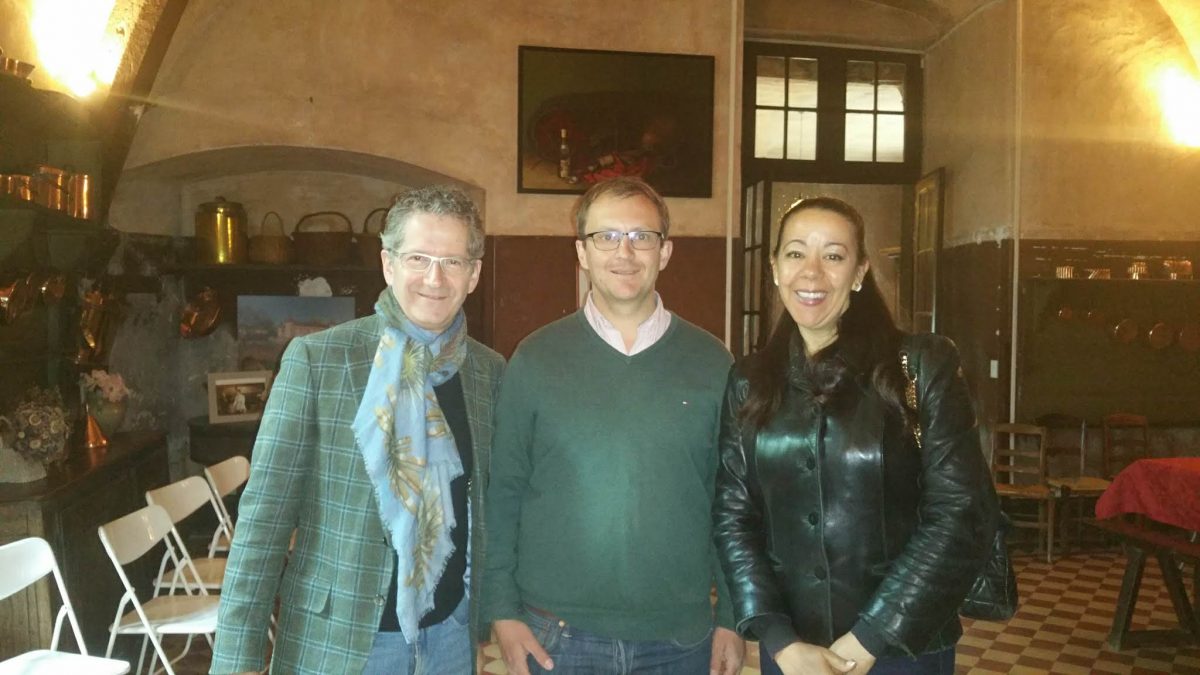
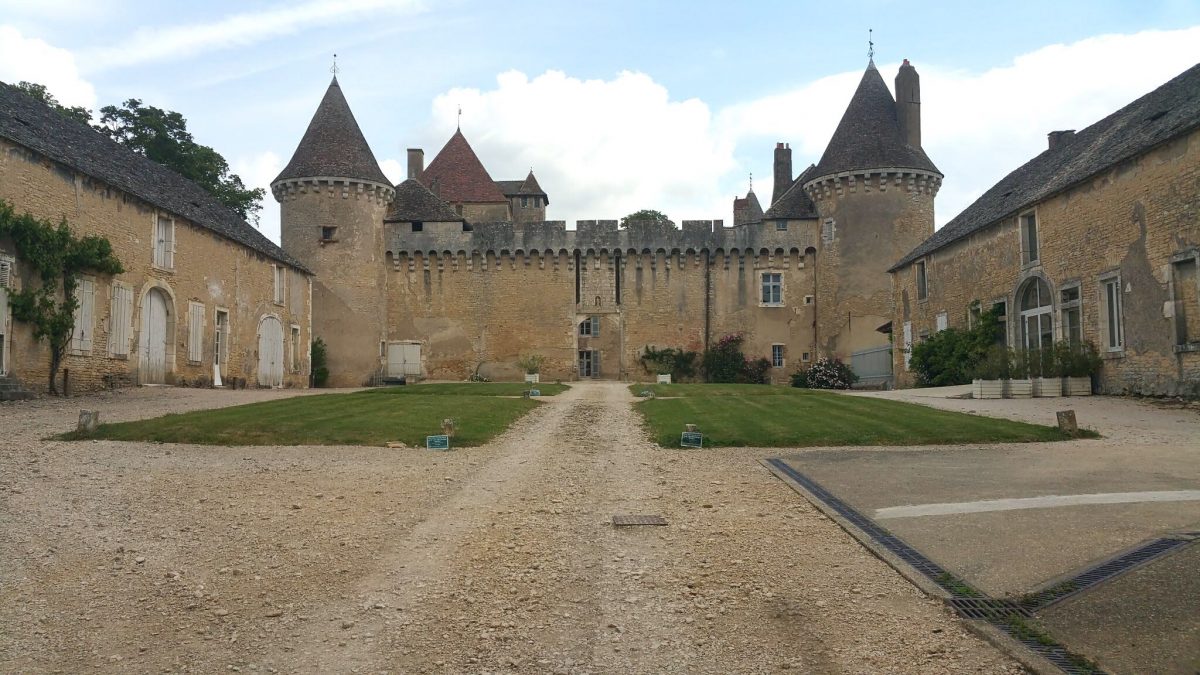


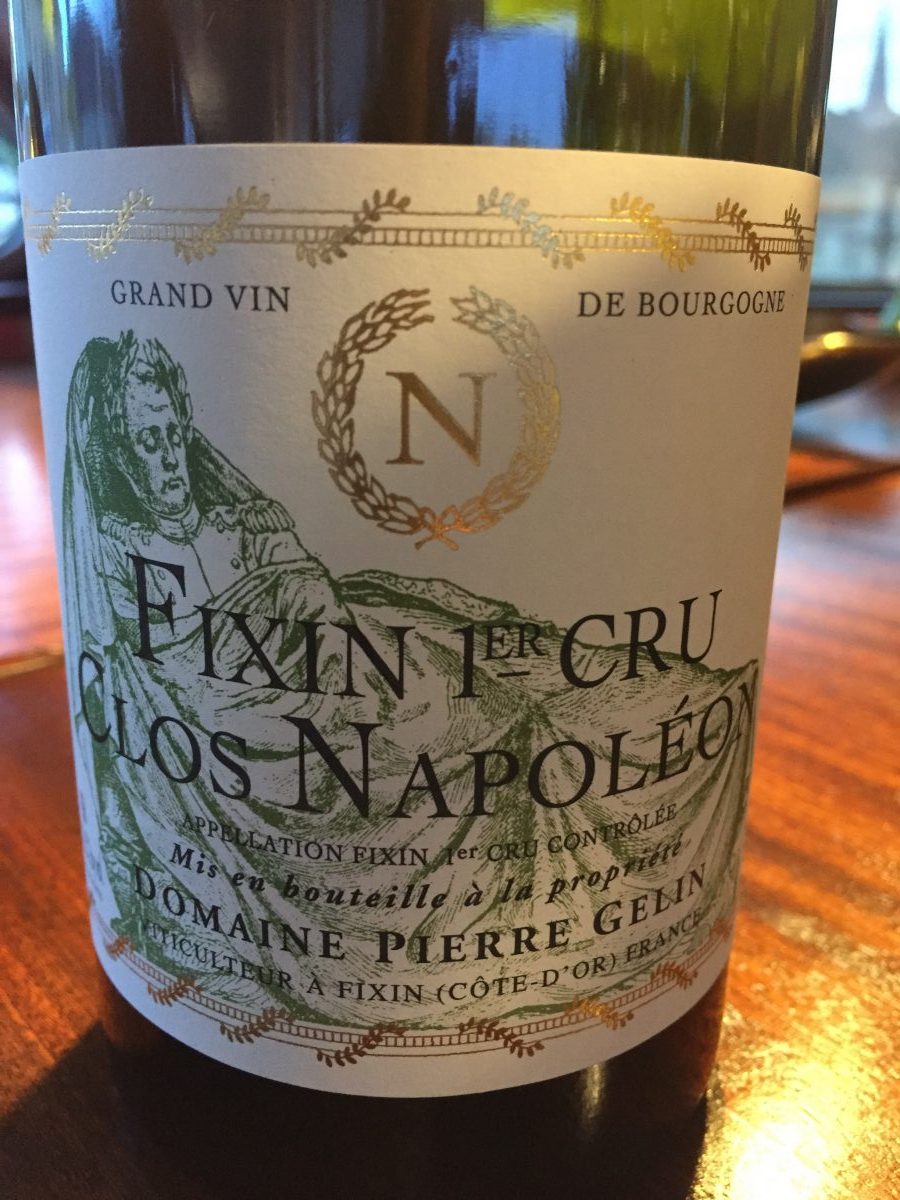
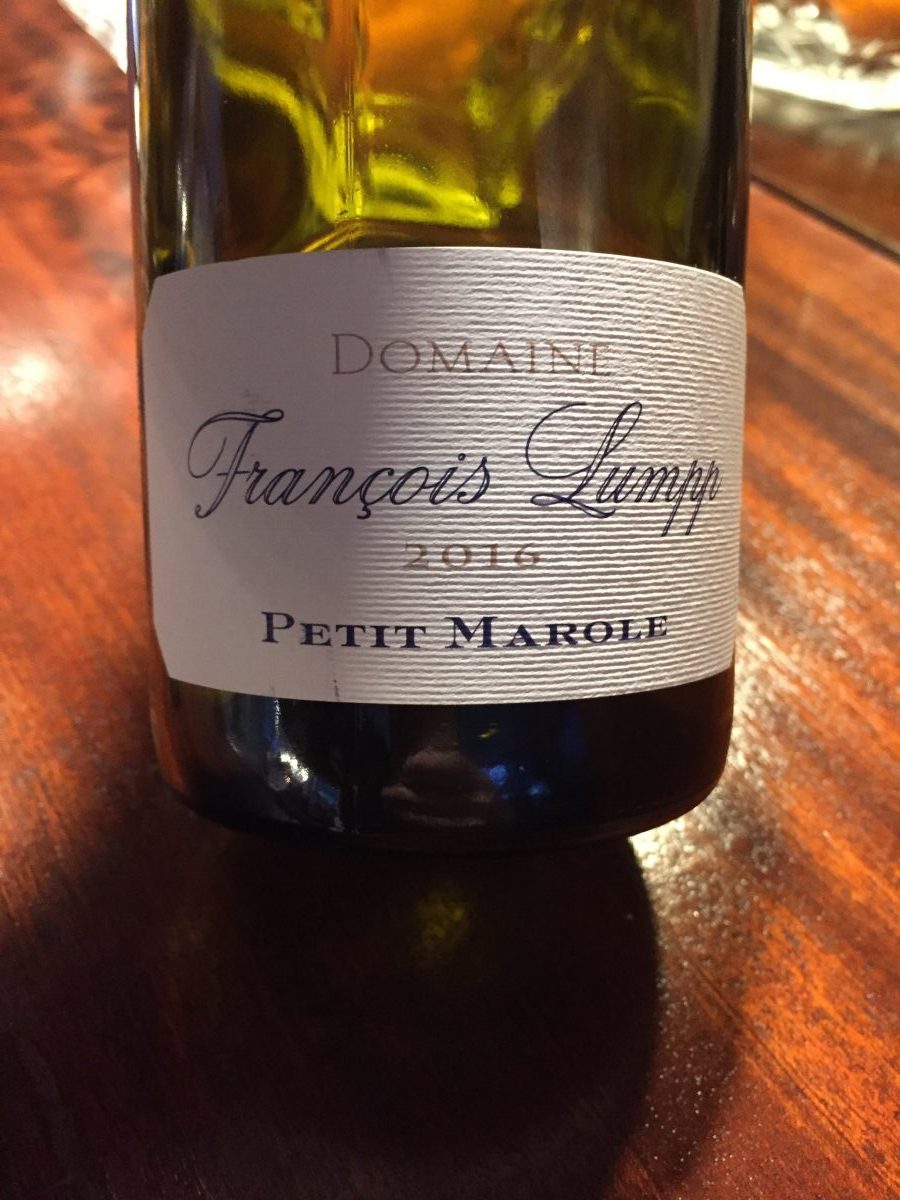
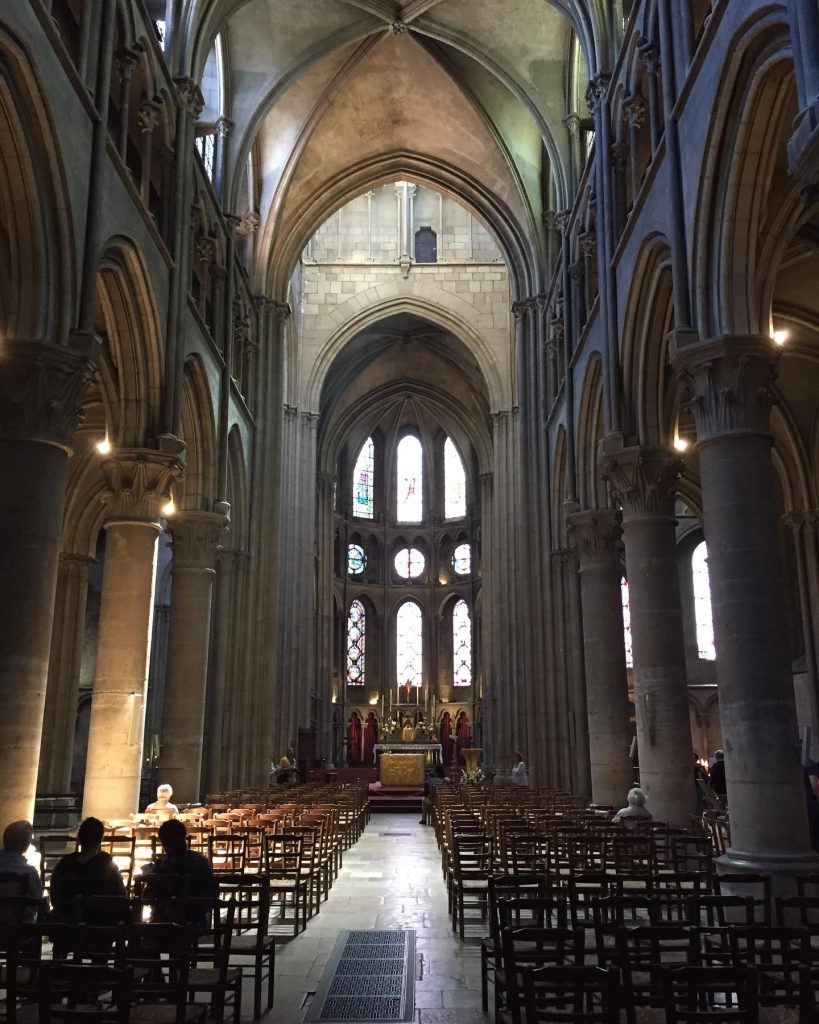
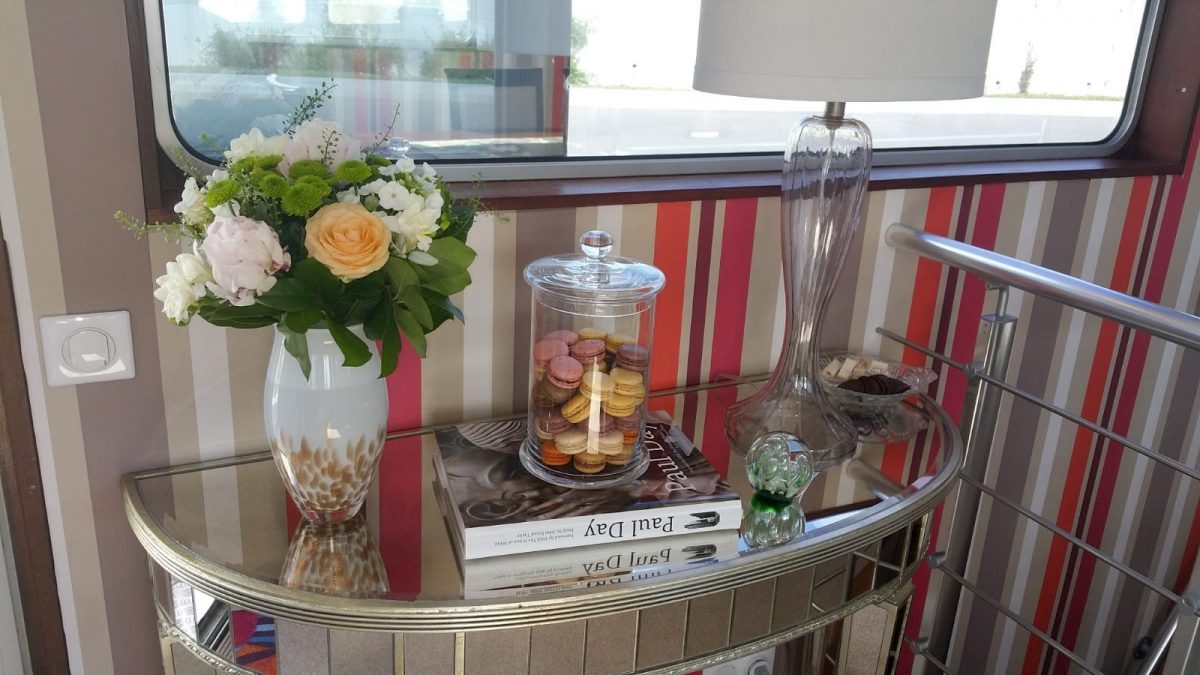
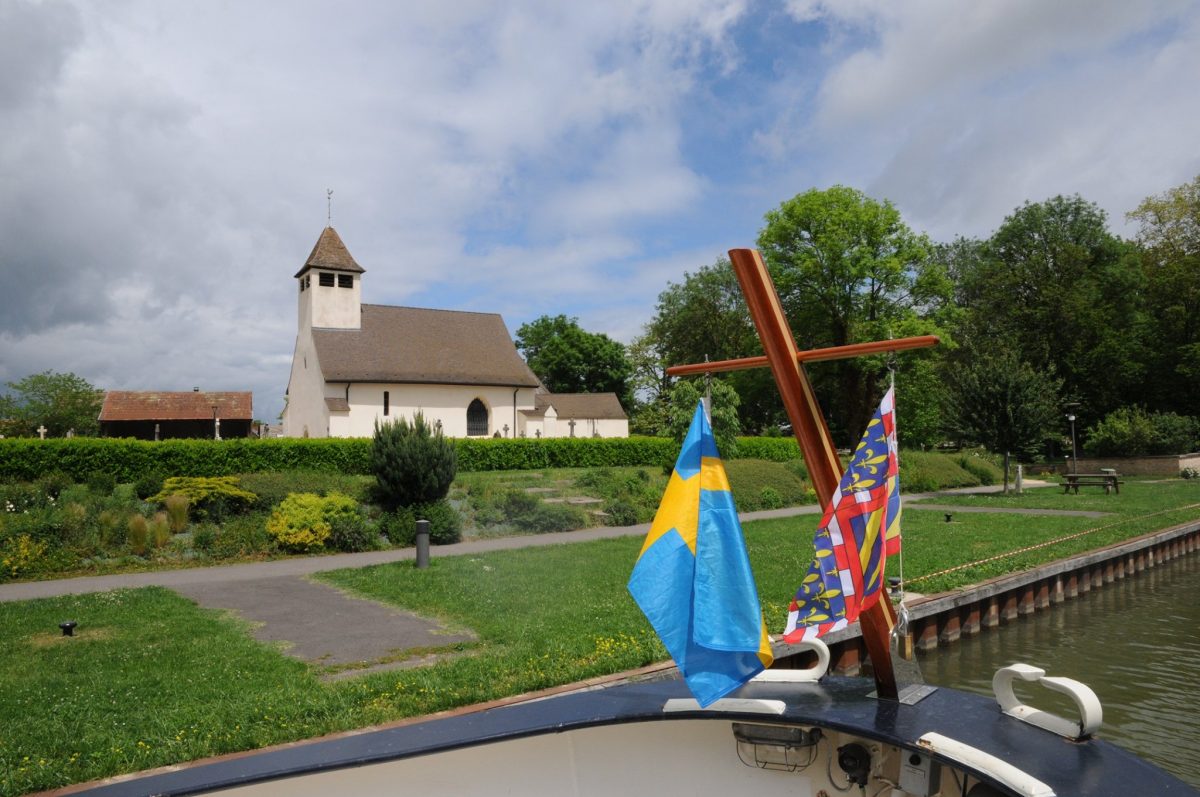

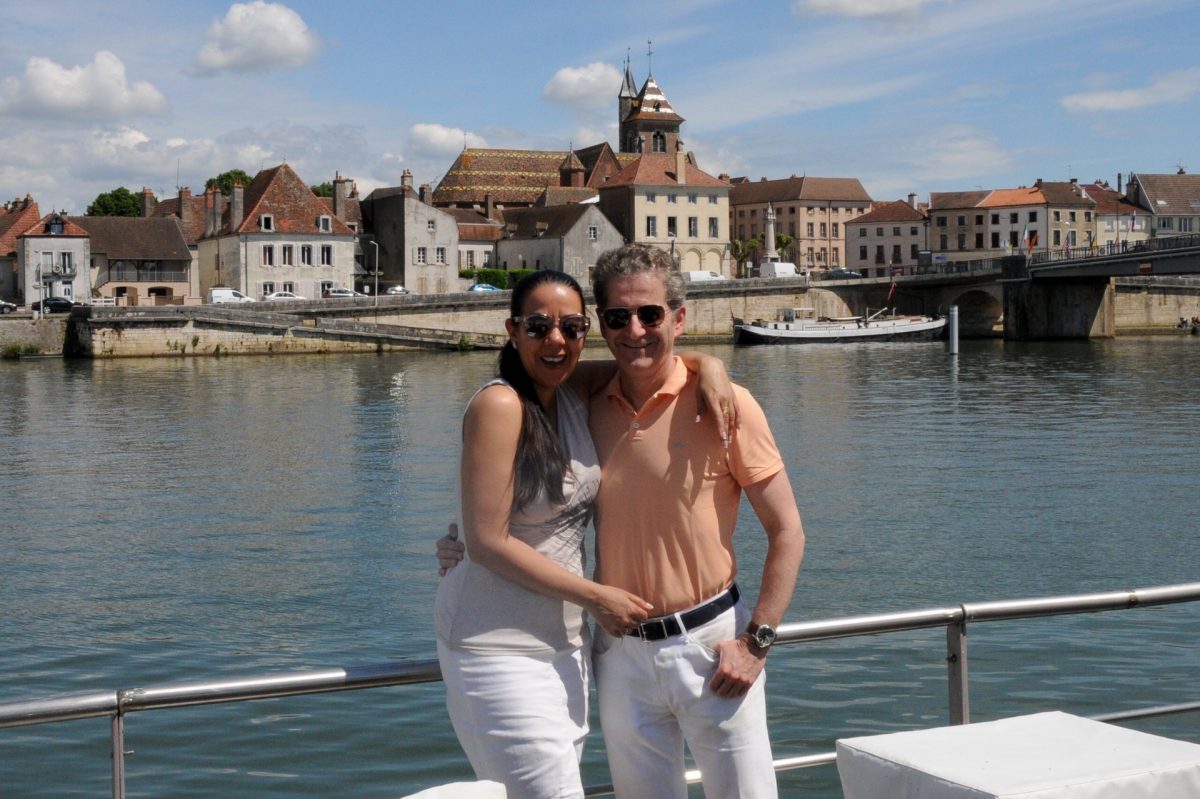

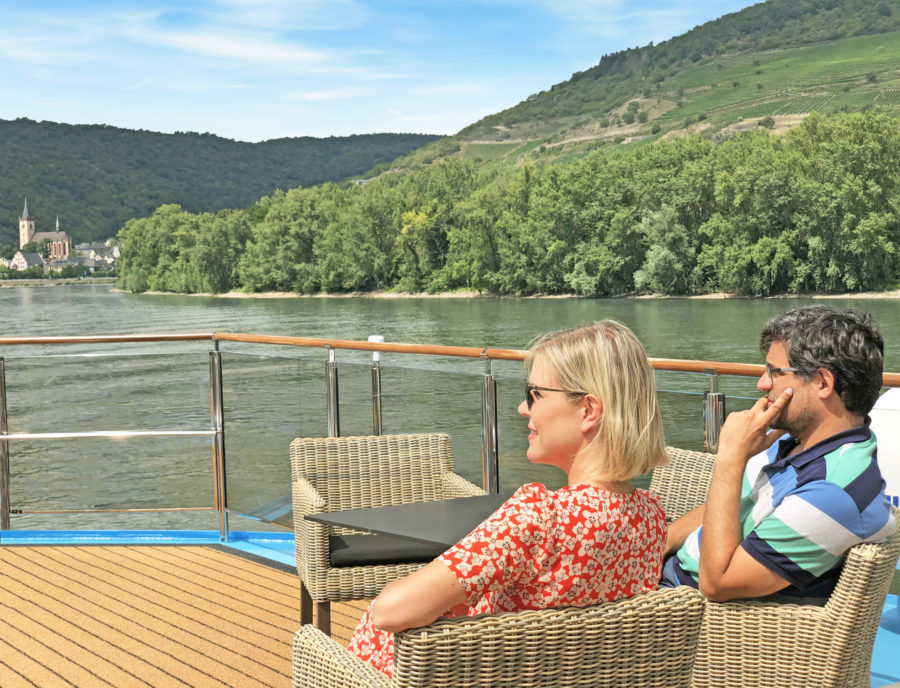

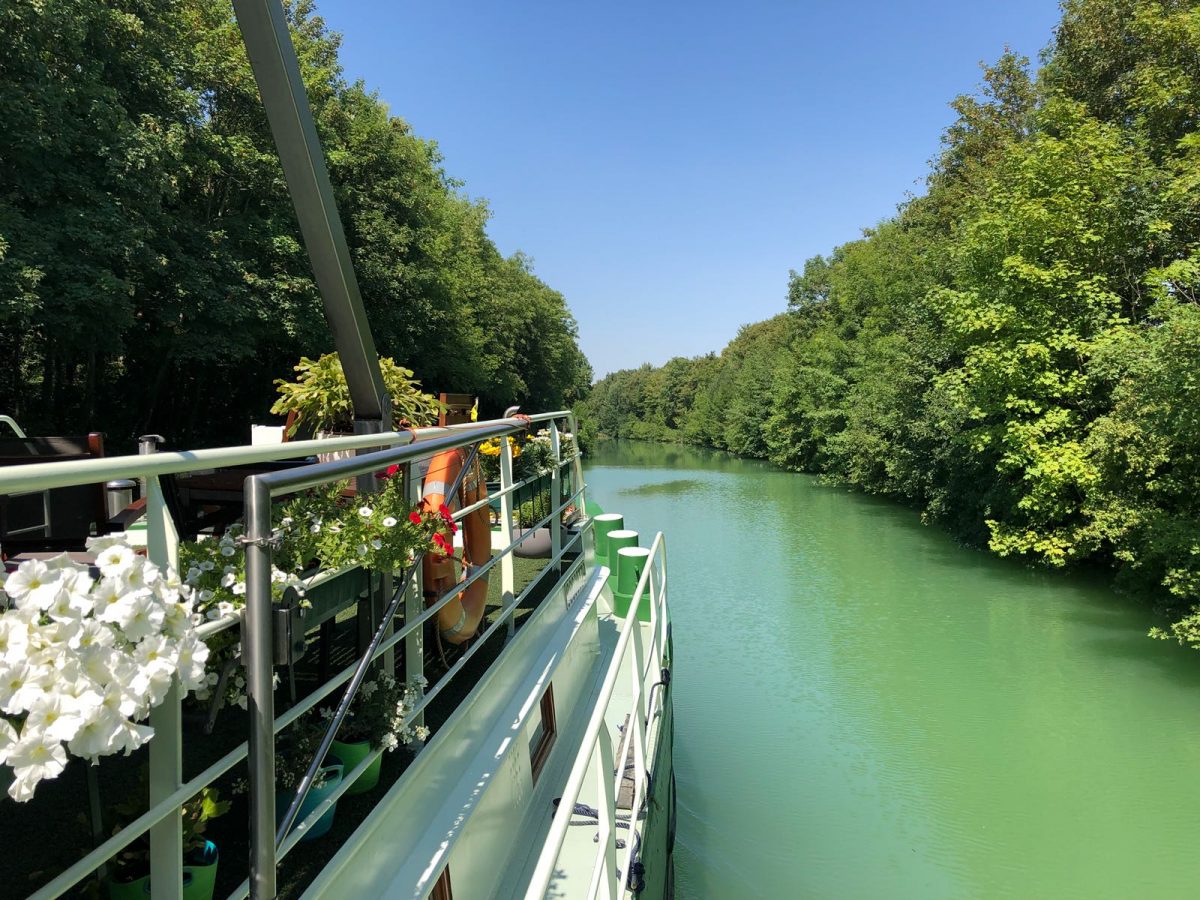








 HEIDI SARNA
HEIDI SARNA





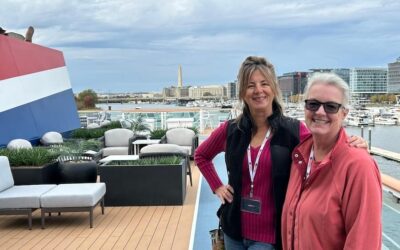
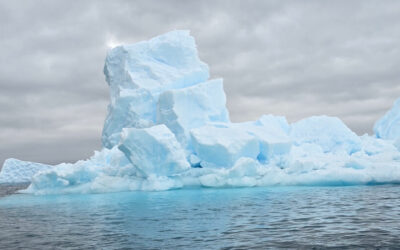

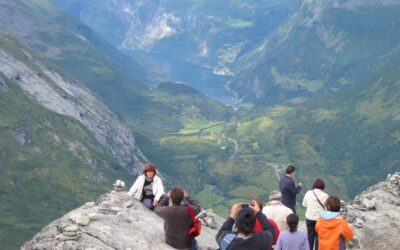
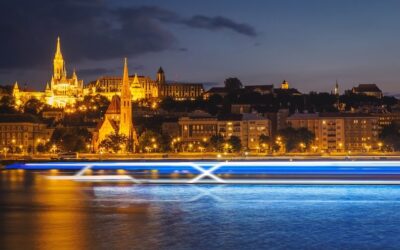


Looks amazing!
This whole itinerary looks gorgeous! I love the old castle.